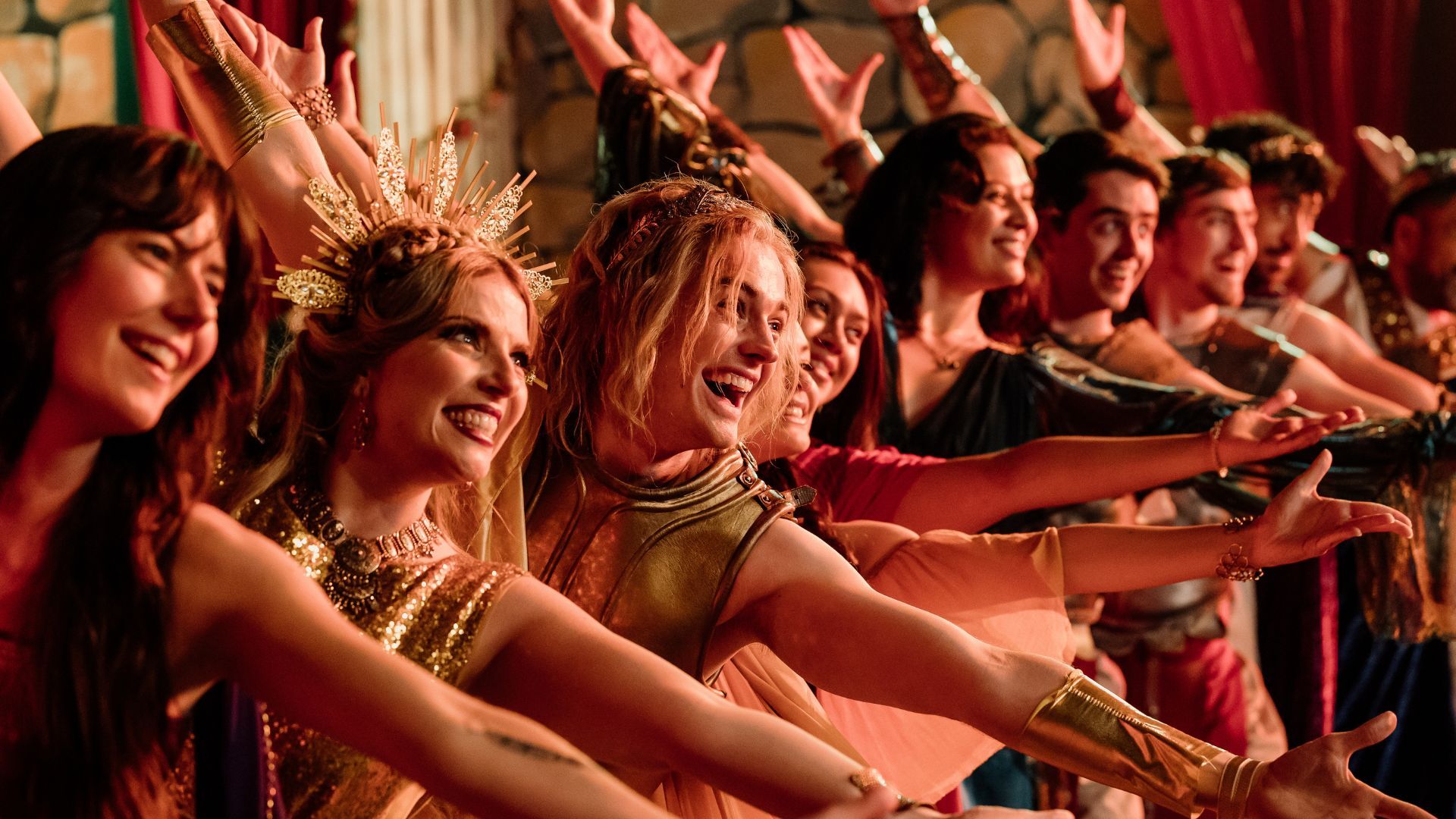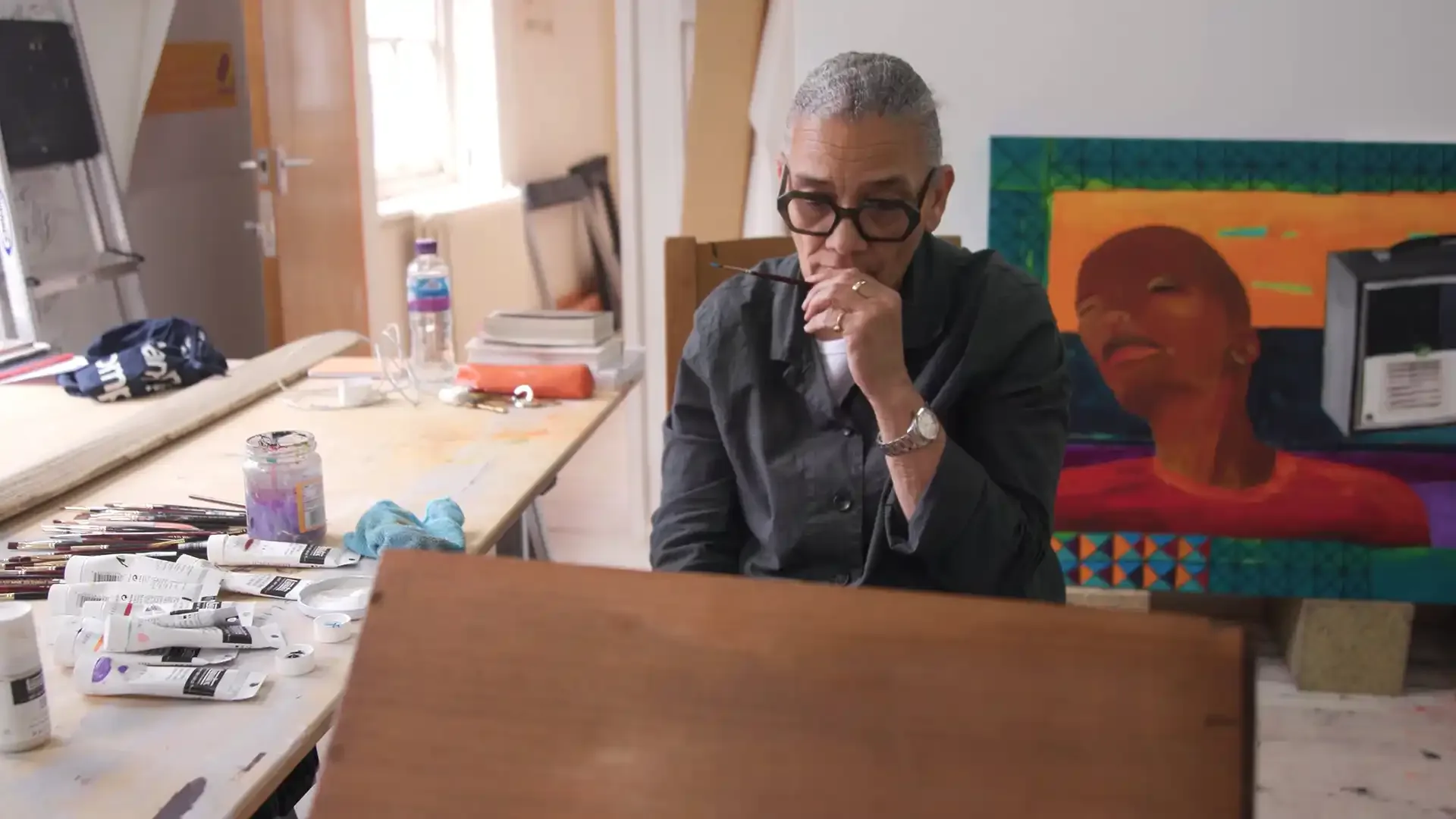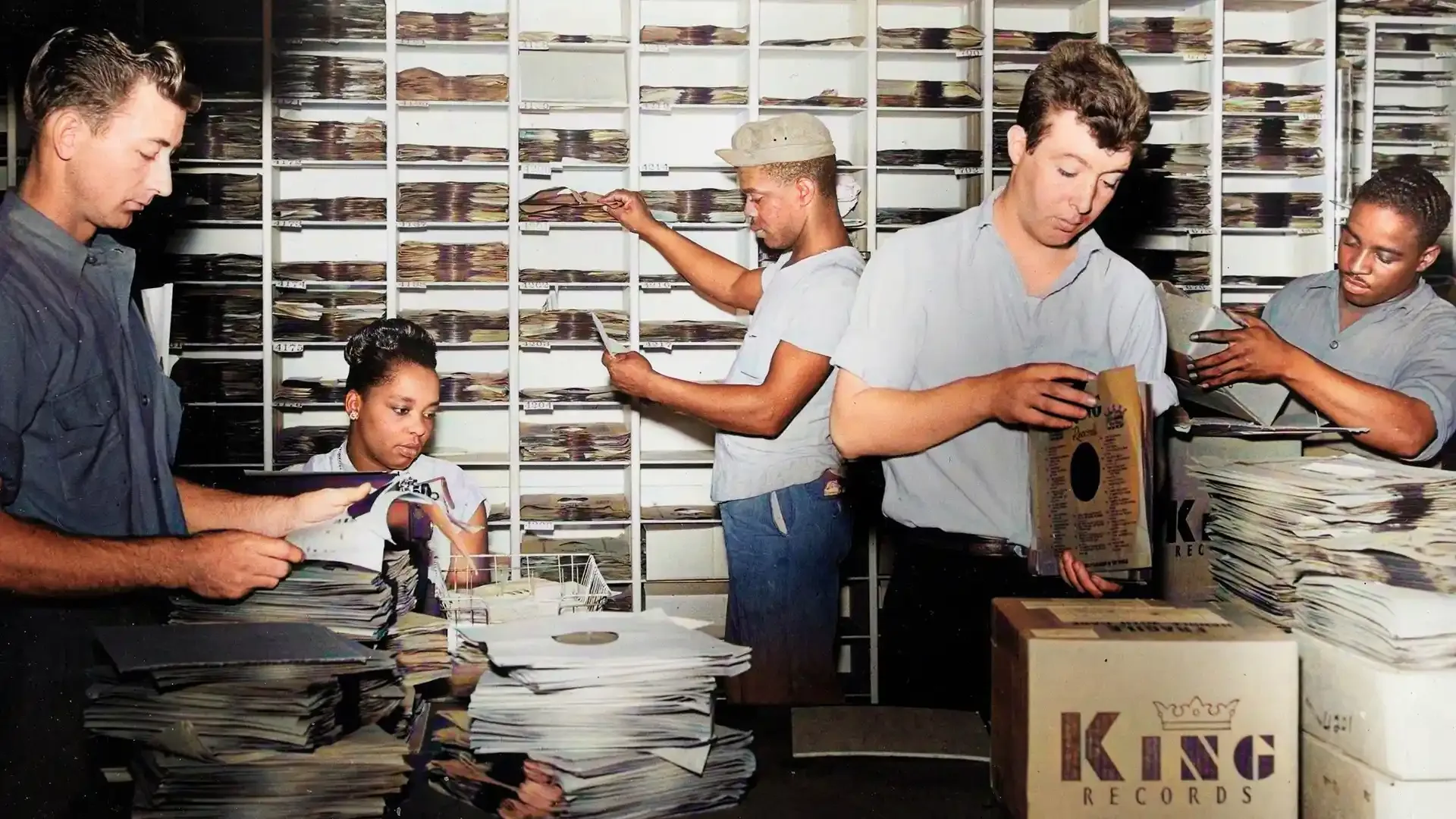Hibakusha: Stories of Survivors of Hiroshima and Nagasaki
Editor’s Note: This article contains potentially triggering material, including discussions of war, health effects of atomic bombs, child death and more.
In August 1945, the United States dropped atomic bombs on Hiroshima and Nagasaki, Japan. 118,000 people died immediately; by the end of the year, that number would rise to 210,000 across both cities. 2025 marks the 80th anniversary of the moments when those bombs changed millions of lives across multiple generations — and survivors still feel the impacts.
In “Atomic People” on PBS, you’ll get a first-hand look at what it felt like to be in Japan on those fateful days. You’ll hear about the fear, suffering and health effects of the atomic bombs, but also the resilience and survival that defined a nation. These are the stories of the Hibakusha — people impacted by the Hiroshima and Nagasaki bombings.
Who Are the Hibakusha?
“Hibakusha” is a Japanese word for the Nagasaki and Hiroshima victims who survived the initial bombings. Despite what might be considered good luck in pulling through these horrifying moments, the Hibakusha suffered ongoing health effects and discrimination in a world that, at the time, had little understanding of atomic physics.
“For a long time, Hibakusha were not allowed to speak out. We were forced to keep silent,” says Michiko, one of the survivors.
Today, Hibakusha do speak out. They tell their stories to help protect others from experiencing the emotional, physical and social horrors of atomic bomb effects — and in “Atomic People,” you’ll hear all of this and more.
How Many People Died in Hiroshima and Nagasaki?
The U.S. dropped the first atomic bomb used in warfare on August 6, 1945 — and on that day, approximately 78,000 of Hiroshima’s 350,000 residents died instantly. This likely included everyone within about 500 meters (0.3 miles) of the blast. According to survivors, 90% of those within 0.6 miles (1 kilometer) died as well. Hibakusha call the Hiroshima death toll “almost total annihilation.”
Three days later on August 9, 1945, the U.S. dropped another atomic bomb, this time on Nagasaki. Approximately 40,000 of the city’s 240,000 citizens were killed instantly.
Not all Nagasaki and Hiroshima victims died during the initial bombs. By the end of 1945, approximately 90,000 more people in both cities had passed away from injuries sustained during and after the bombings, leaving the death toll at about 210,000 people. However, this number doesn’t account for the many more people who would die of additional complications later in life, meaning the true death toll is likely much higher.
How Many Hibakusha Are Left?
According to the Japan Times, the number of Hibakusha fell below 100,000 for the first time as of July 2025. The exact number was 99,130 in March.
In 1956, survivors across Japan formed activist groups to demand compensation and medical help. The next year, they got Atomic IDs that granted free health examinations and benefits.
Most Hibakusha who are alive today were children in 1945 and are now in their 80s and 90s. One survivor, Seiichiro, says, “Soon, there will be zero Hibakusha left on this earth.” However, their stories are not over yet. As you’ll hear in “Atomic People,” Hibakusha are still campaigning for full government compensation and nuclear disarmament.
“When I experienced the bomb, there were only three nuclear weapons. Now, there are about 12,700 of them,” says Michiko. “The purpose of the group was [...] firstly, to protect ourselves and, then through our experiences, to protect the human race. That is our pledge.”
Atomic Bomb Effects on Humans
In 1945, even scientists, doctors and other experts didn’t understand the full impacts of atomic bombs. Hibakusha were left to uncover the horrific effects in the days and years that followed.
Physical Effects
In “Atomic People,” you’ll hear first-hand accounts of the physical effects of radiation poisoning. Hibakusha suffered lasting impacts, and many had to watch loved ones pass away after suffering effects like these:
- Throwing up black bubbles.
- Stomachs turning black and blue.
- Vomiting blood clots.
- Having miscarriages.
- Developing blood cancer (leukemia).
After the war, the U.S. began studying the effects of radiation in Japan. Hibakusha were summoned randomly, thinking the fancy buildings were hospitals — but instead of providing treatment, the Atomic Bomb Casualty Commission (ABCC) used tens of thousands of survivors as research subjects. Even when experts discovered that the survivors had potentially life-threatening illnesses, the ABCC didn’t disclose this information or offer help, allowing doctors to monitor how the diseases progressed.
Social Effects
Along with debilitating physical effects, Hibakusha also suffered social rejection and shaming. Survivors recall their neighbors treating them like infectious disease patients; others were rejected from marriage multiple times because nobody wanted Hibakusha blood in their family lines.
Some Hibakusha hid the fact that they’d been exposed to radiation. However, they still grappled with moral dilemmas concerning whether to disclose this information to their spouses and have children. One survivor’s son eventually developed leukemia — not because he was a Hibakusha, but because his mother survived the bombs long before he was born.
Atomic Bomb Survivor Stories
In “Atomic People,” you’ll hear Nagasaki and Hiroshima survivor stories that capture the lasting horror of atomic weaponry. However, you’ll also get to see how the remaining Hibakusha are turning personal tragedies into opportunities to support and protect others.
Reiko - Hiroshima
In the years leading up to the atomic bomb, Reiko was in primary school. She remembers thinking the Imperial Japanese Army was winning, but soon sweets disappeared from candy shops and men were constantly sent to the battlefield.
In 1945, she was 11 years old and sitting in the school playground’s sandpit with her friends. When some of the boys shouted that there was an American plane overhead, she looked up and saw it shimmering silver against the bright blue sky. The plane left a beautiful white vapor trail — and the minute Yamada thought “that’s beautiful,” she suddenly couldn’t see anything. Yamada remembers falling over, rolling around and trying to get up, but she was trapped under a fallen willow tree.
After the bomb, Reiko says teachers told her and her surviving classmates that Japan lost the war because the primary school children didn’t work hard enough. She also recalls her father being ordered to go to the Atomic Bomb Casualty Commission multiple times throughout the years, and while he boasted about the best bread and juice he’d ever had, the doctors did nothing to help him. Instead, when he eventually died of lung cancer, the Commission asked to dissect his body, and Reiko recalls her mother refusing, saying, “Please don’t hurt him anymore.”

Kiyomi - Nagasaki
Kiyomi was 19 years old in 1945. She survived the bomb, but didn’t consider herself a Hibakusha because she didn’t have any burn scars or injuries. However, when she eventually got married and had a miscarriage, she began to feel the discrimination. Her mother-in-law told her that the miscarriage was because of the atomic bomb and that her future was scary, and Kiyomi recalls contemplating suicide at that time.
“I will never forget that the atomic bomb dropped at 11:02 am,” she says. Survivors ring the Nagasaki bell at that time every month to wish for peace.
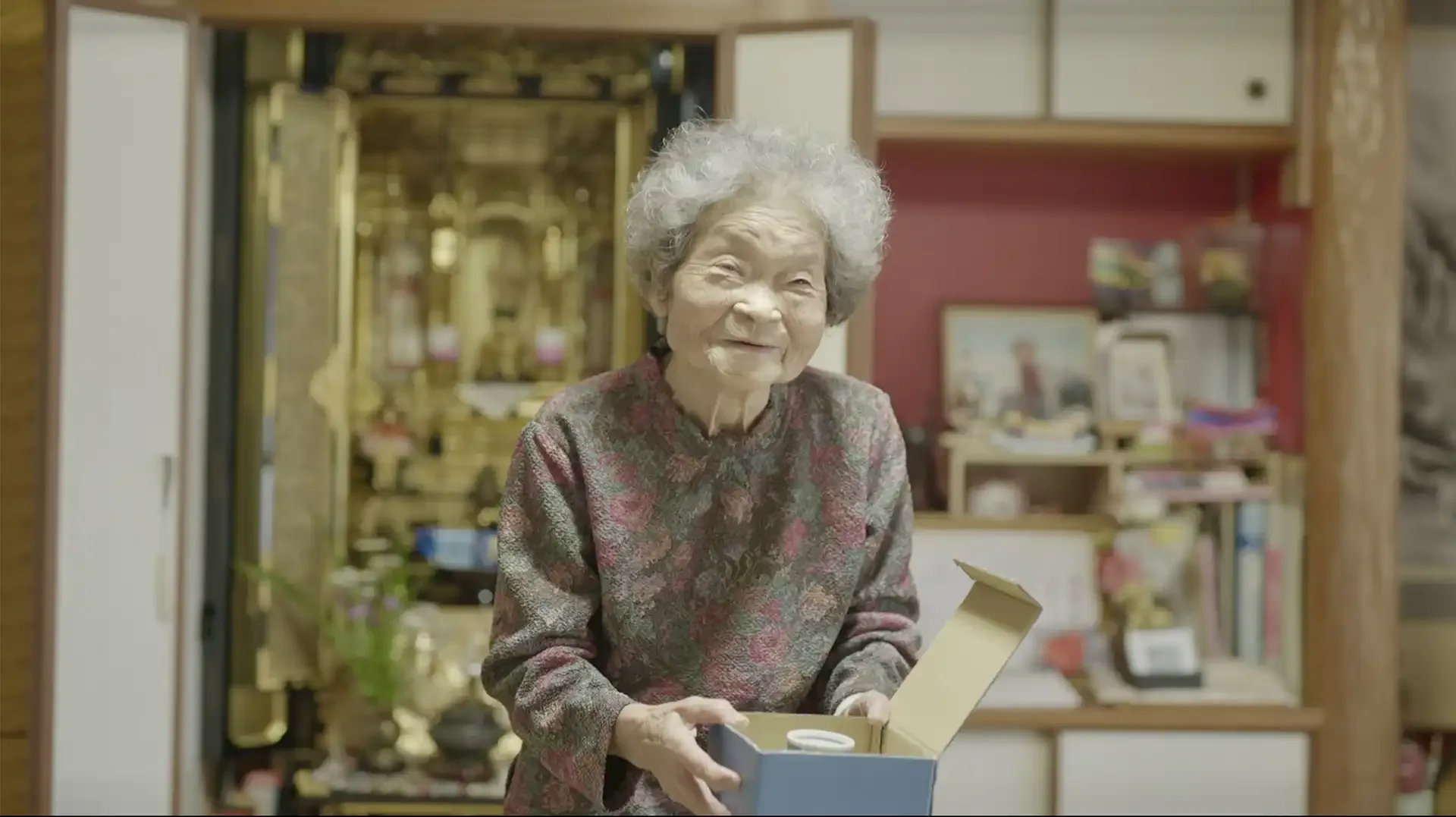
Shigeaki - Hiroshima
Shigeaki was eight years old when the bomb hit, landing in a river and sheltering among aquatic plants as total darkness descended over the water. When the light returned, he climbed out of the river to find his world destroyed. People wandered the streets in terror and pain, including a woman in her 20s who was swaying and holding something in her hands; as she got closer, Shigeaki realized her body was ripped open and she was holding her internal organs.
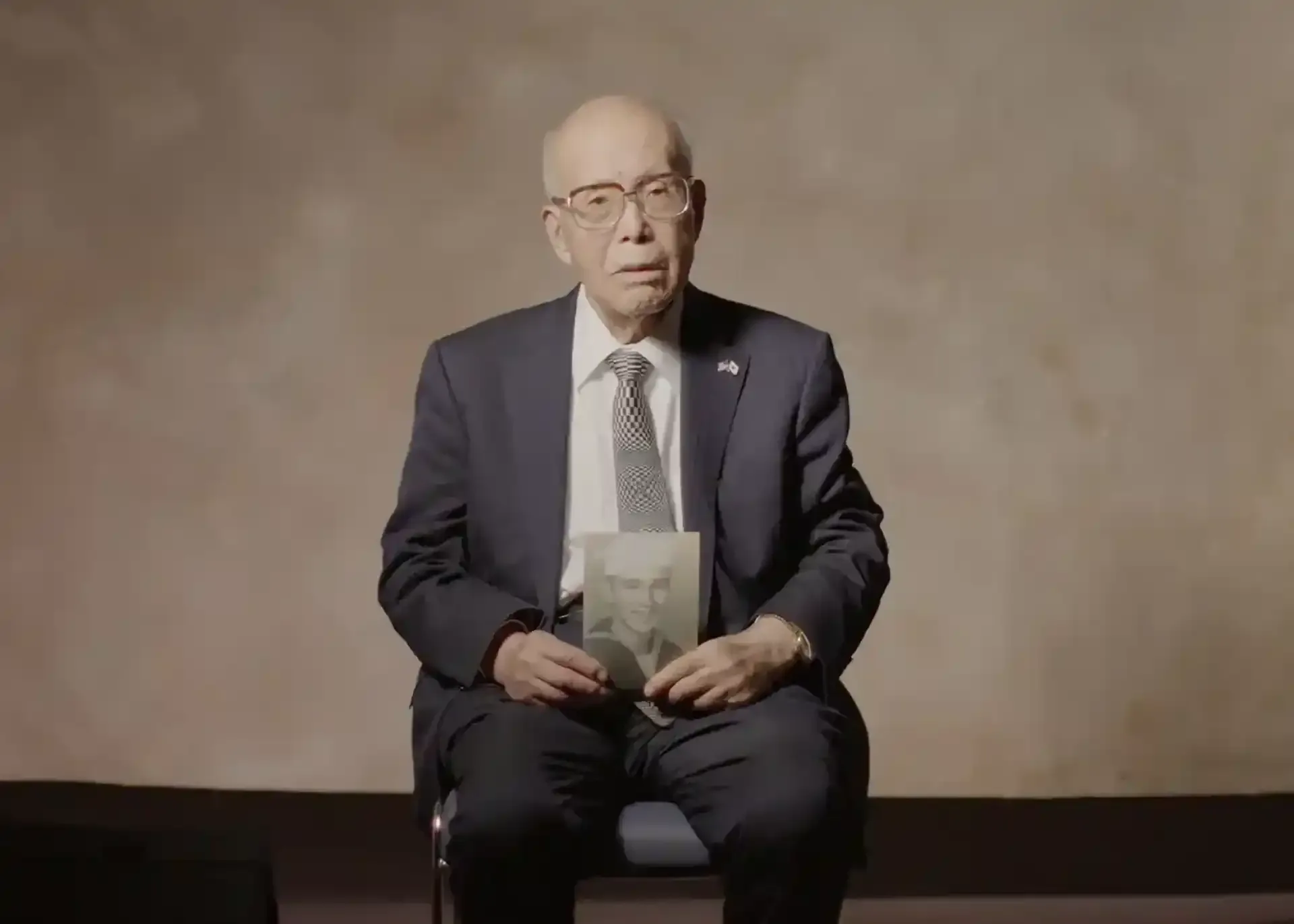
Chieko - Hiroshima
At the age of 15, Chieko was headed to the doctor and paused under a tree. Moments later, the bridge she was about to cross was obliterated by the atomic bomb. She woke up with shards of glass embedded in her head.
When Chieko made it to her school playground, she noticed strange figures with long tentacles dragging behind them. She recalls the moment when she realized they were classmates with melted skin falling from their bodies.
One by one, other children died around her. She was directed to burn the bodies, watching in horror as the corpses twitched in the flames. Only when the bones turned the colour of cherry blossom in the morning sun did she finally cry.
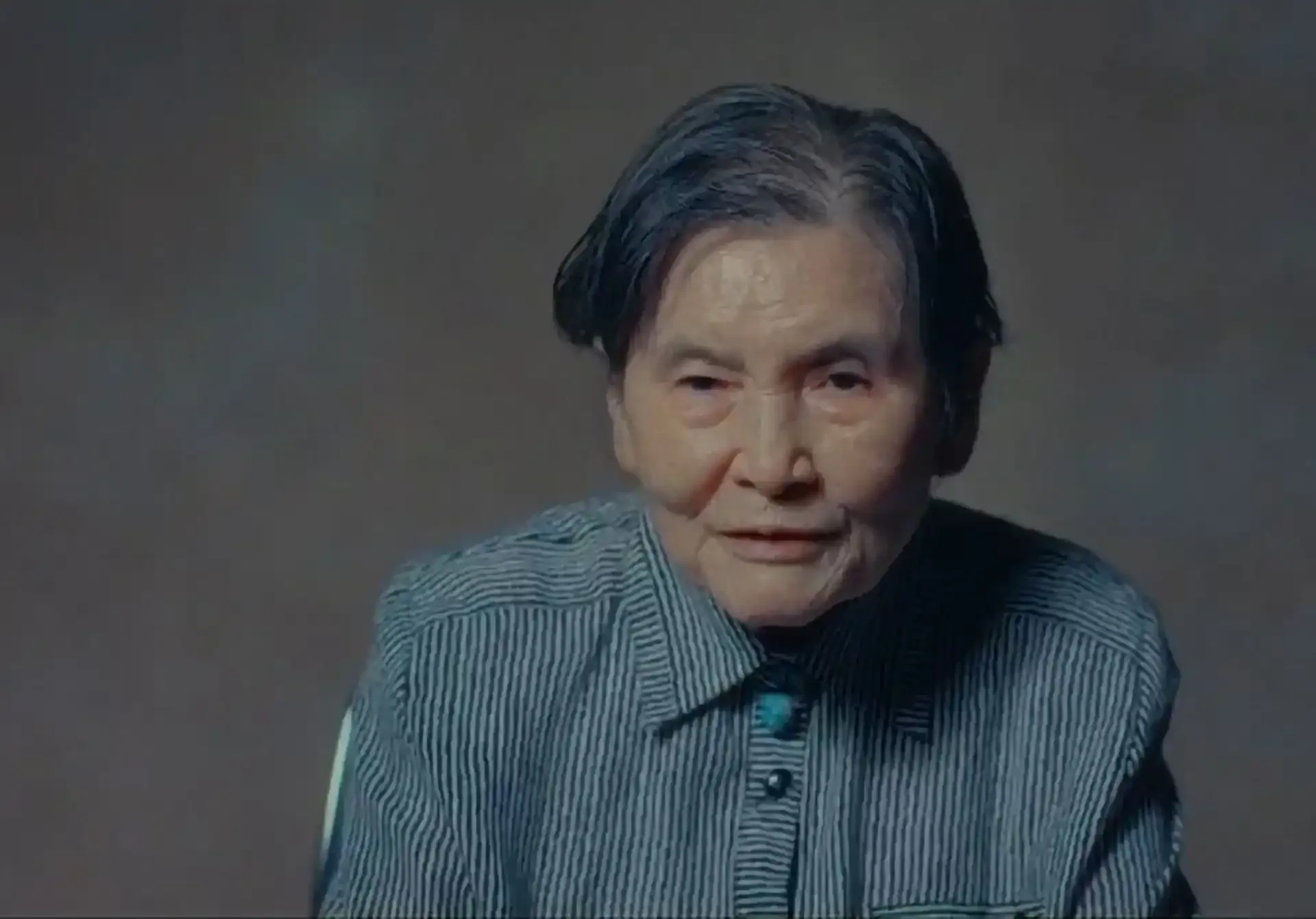
Keiko and Hiroshi - Hiroshima
Keiko was 20 when she met Hiroshi, who was 21. Hiroshi didn’t know Keiko was a Hibakusha until after they were married. She was in the central blast zone as a baby, and experienced vision problems as she grew up; doctors told her she might have had a tumor in her spine, and she eventually developed pulmonary tuberculosis. But today, the couple is still happily married and enjoying life together despite what they survived as children.
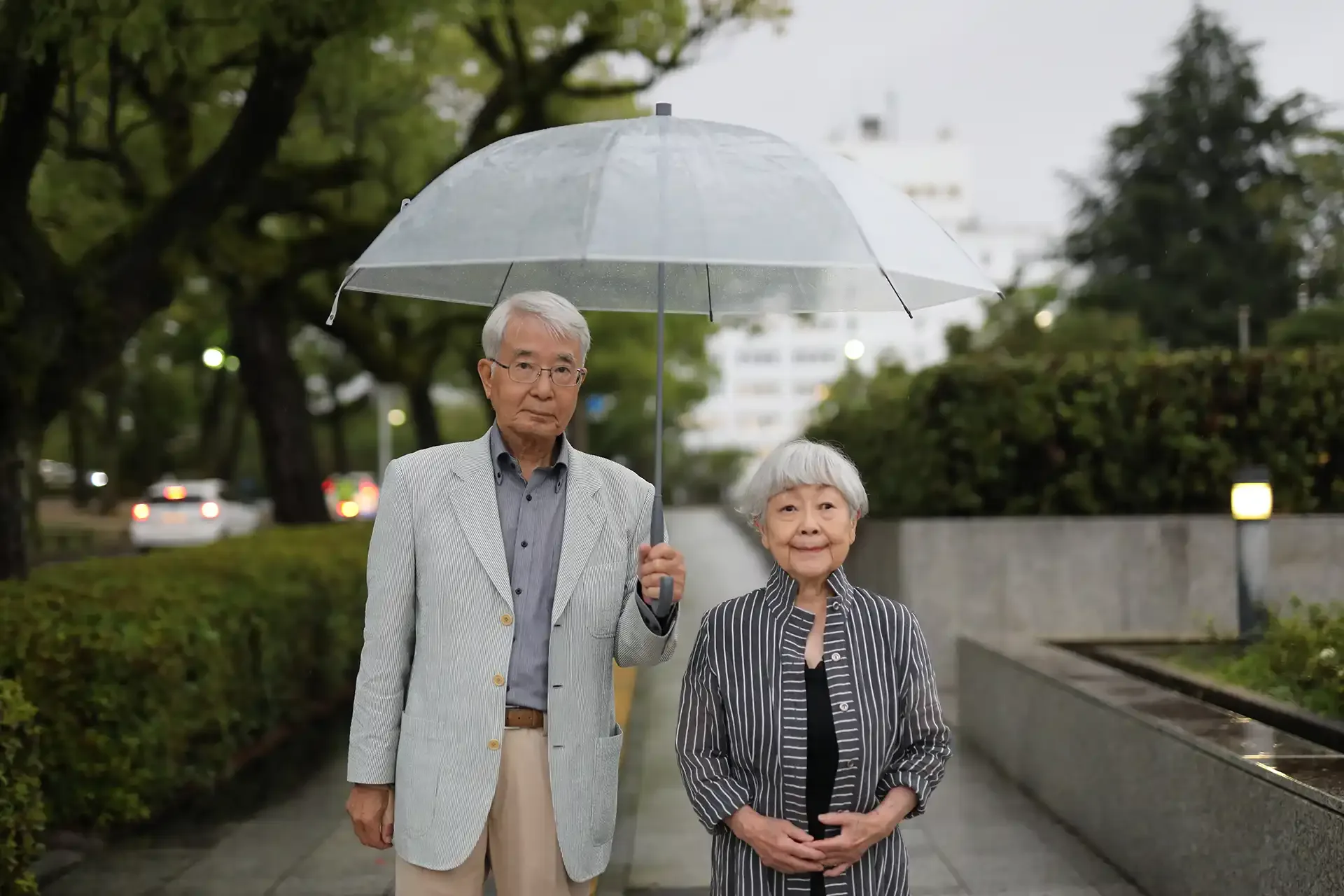
Hibakusha Stories Featured in the Film











From Tragedy to Advocacy
Despite the horrors of living through an atomic bomb and the ongoing effects of radiation, Hibakusha remain vocal advocates for reparations, nuclear disarmament and a more peaceful world. They have turned their tragedies into an opportunity to protect others — not just the billions of people alive today, but generations of future children, too.
To hear more first-hand experiences and learn about the ongoing impacts of atomic bombs, watch “Atomic People” on PBS.

